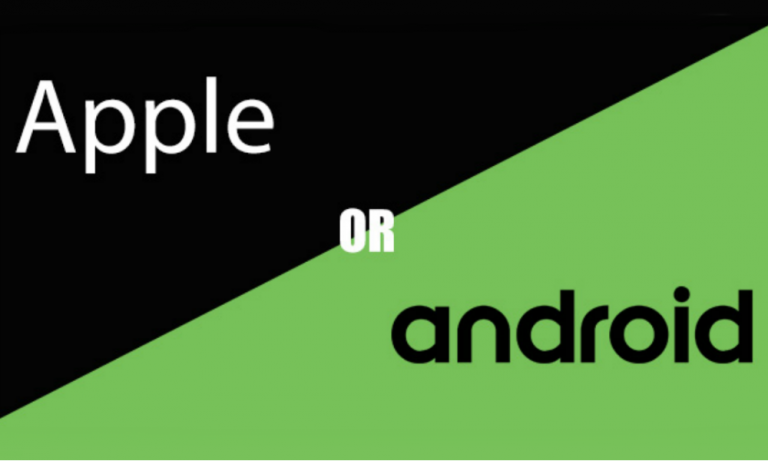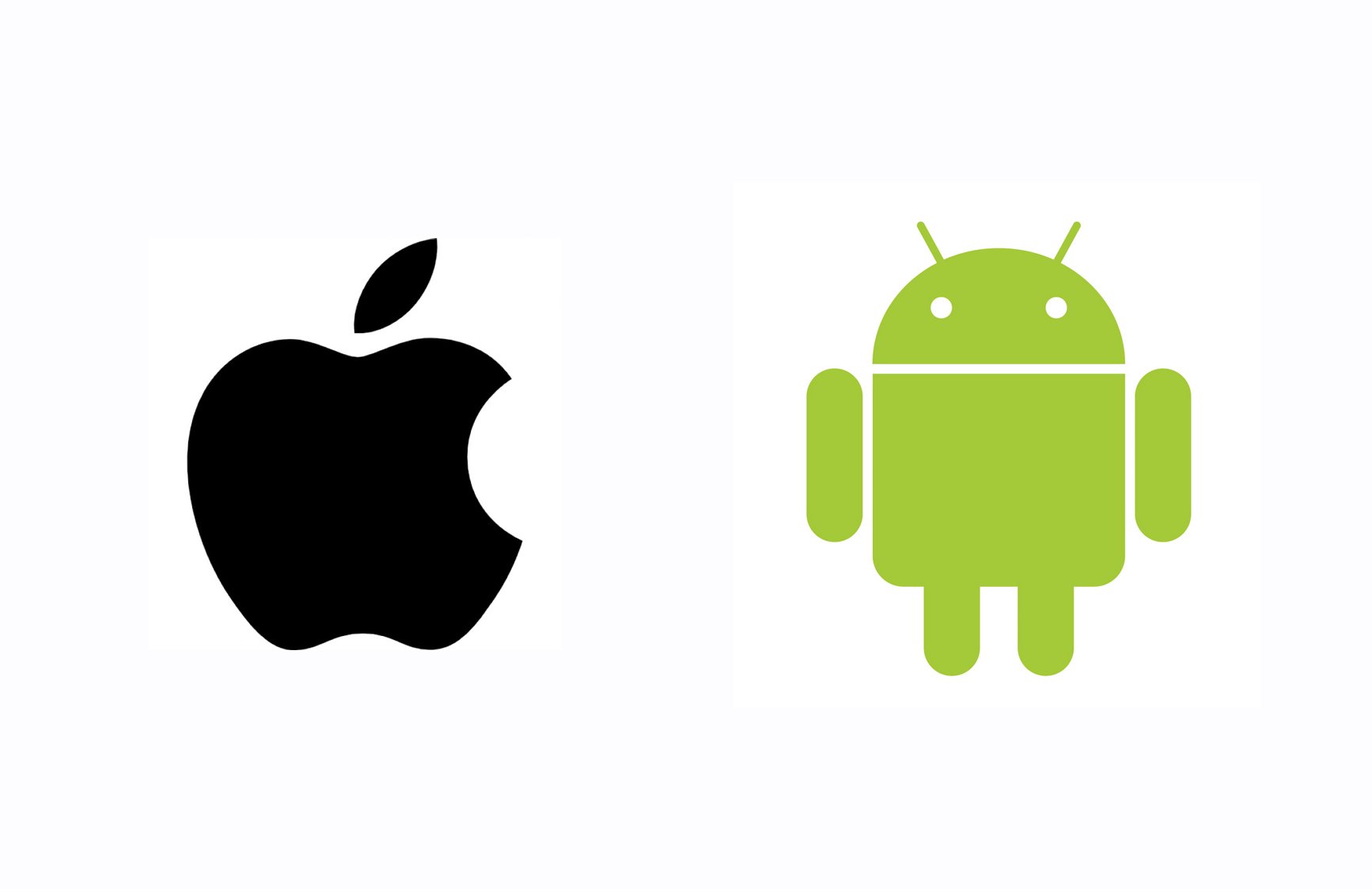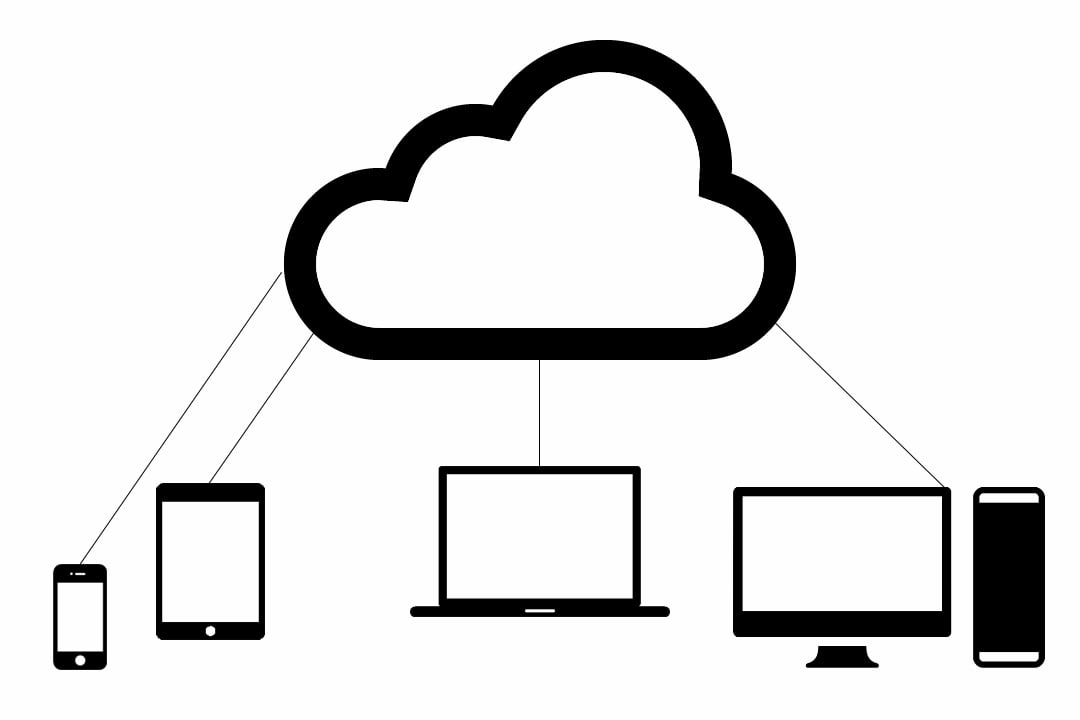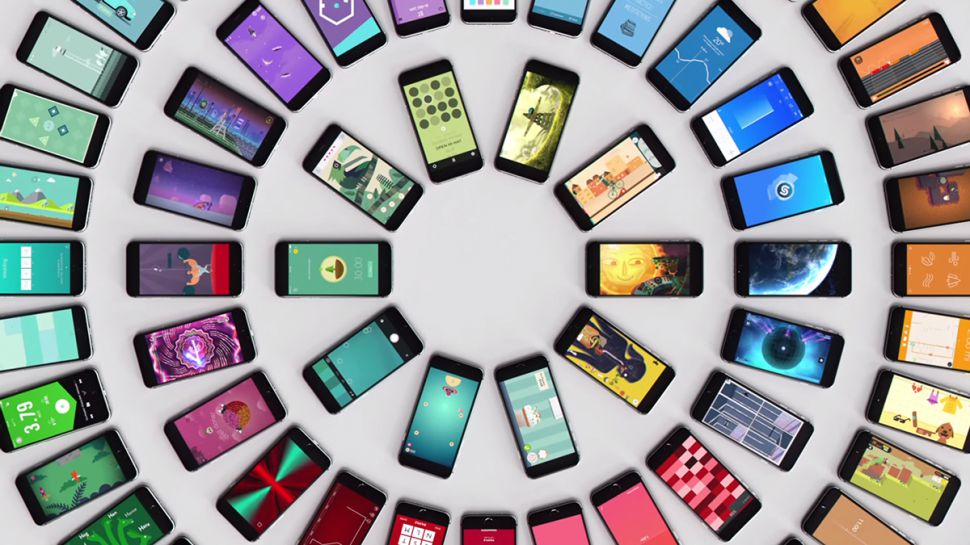
With the recent unveiling of the iPhone XS and XR, many smartphone users will be considering their next purchase in the world of app-based, internet beaming mobile devices.
Apple undoubtedly pioneered the smartphone revolution with the seminal iPhone in 2007. Since then however, the playing field has levelled and some argue that iPhone is no longer at the forefront of smartphone innovation. With heavy competition from Android, consumers are spoilt for choice over which device to choose. Here are the key things to consider:
Apple's iOS or Google's Android

Both the iOS and Android operating systems operate on different hardware – iOS exclusively on iPhones whilst Android is available on a range of smartphone models. One thing to remember is that, despite their differences, you’ll by-and-large be able to get the same sort of technology out of your device. Models with either OS will be touchscreen, have a camera, be able to download apps and – in case you forgot – make phone calls.
But there are some differences…
User Experience Design (UX)
Both systems feature the conventional ‘launcher’ screen where apps are displayed. Both have lock screens, both have notifications. Some elements of UX are limited in their diversity, purely because their function is common sense.
The common argument concerning both these operating systems is that Apple prioritises simplicity, while Android prefers customisation. So with iPhone, there’s very little tweaking you’ll need to do for it to function how you want it. However, you better want it Apple’s way – because it’s a rigid, centralised experience where ‘Apple knows best’ is the anthem.
An Android device on other hand might require various tweaks and downloads before it becomes the smartphone you want it to be. This can be off-putting, especially if you’re a previous iPhone user who wants something that just works. Because of this prerequisite to ‘set it up’ however, you’re offered many more customisation options, from new keyboards functions to entirely refreshed ‘launcher’ themes that change the aesthetic make up of just about everything.
Cloud

We are now so data-driven that instead of simply smartphone users, each of us must create our own an ecosystem of devices that share information with one another. Cloud-based sharing has allowed us to access our key data – photos, notes, contacts – across multiple devices. Both Apple’s ‘iCloud’ and Google Drive fulfil this.
However, continuing in their strictly centralised style, Apple make it difficult when sharing to 3rd parties from iCloud. iCloud can be brilliant, but it only really excels used natively on apple devices. Google Drive on the other hand, while not necessarily as seamlessly integrated, is much more accessible.
App support & updates
Apple’s App Store has better support for apps. If an app inhabits one OS app store and not the other, it’ll be Apple’s that it sides with. This is likely due to the fact that the iOS software is also locked to Apple’s hardware, meaning there’s a primarily uniform and minimal selection of devices that developers need to optimise for.
Android on the other hand is fragmented over many different smartphone brands, from Samsung to Sony to HTC, all with slightly different hardware. The gap between app availability has been narrowing each year however, and while some apps might come to iOS first, it’s now expected that the Google Play Store will have them too.
Because of the centralisation of hardware, OS updates are rolled out across all Apple devices straightforwardly, whereas many Android devices do not get the same level of support for as long. However, providing you get a flagship Android phone, such as the Samsung Galaxy S10 range, or get Google’s own Pixel 2, you can be confident your phone will have enduring access to the latest updates.
Smartphone features

There’s no point listing all the varying features between iPhones and Android devices. However, it’s accepted that whatever new feature Apple releases, it’ll be elegant and marketed as if it’s life-changing. An iPhone will have a good spec, but that’s the only spec available for that model, with an option of storage capacity.
Because of the wide selection of Android devices, you’re more likely to find a smartphone that excels in the features you personally want, so you’ve got more options there. It is worth noting that there are some fundamental features that iPhone still hasn’t adopted that Android includes by default, such as attachable storage (via micro SD card).
So which?
If you want stylish, elegant and resoundingly rigid, iOS and iPhone will always be on top. With the iPhone XS and XR you can be assured that the latest incarnation of the iconic phone has new features delivered sleekly.
Those new offers will probably already exist on one of the many Android phones available, however. If you want control over what your phone can do and are willing to spend some time fixing it up to your style, then Android is the way to go.
Categories
- 24 Hour Call Answering Service (5)
- After Hours Call Answering (5)
- After-Hours Call Answering Service (6)
- Answer-4u (11)
- Artificial Intelligence (1)
- Business (67)
- Business Grants (3)
- Business Growth (4)
- Business Owner (6)
- Business Strategy (2)
- Call Diversion (1)
- Call Handling Service (12)
- Charity (2)
- Christmas (5)
- Customer Experience (4)
- Customer Satisfaction (3)
- Customer Service (18)
- Customer Services (8)
- Decision Making (2)
- Diary Management (3)
- Digital Marketing (16)
- Disaster Recovery (5)
- EntrepPhase (7)
- Entrepreneurs (7)
- Finance (2)
- Funding (3)
- HR (5)
- Inspiration (2)
- Leadership (4)
- Marketing (15)
- Marketing Strategy (2)
- Networking (2)
- Other (4)
- Outsourcing (5)
- Phone Etiquette (5)
- Productivity (6)
- Property Management (3)
- Recruitment (7)
- Self Improvement (2)
- Small Business (12)
- SME (4)
- Staff Training (2)
- Start-Up (9)
- Technology (2)
- Telephone Answering (16)
- Time Management (4)
- Virtual Assistant (3)
- Virtual Receptionist (12)
- Workforce (9)
- Working Environment (9)
- Workplace (28)






